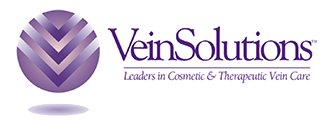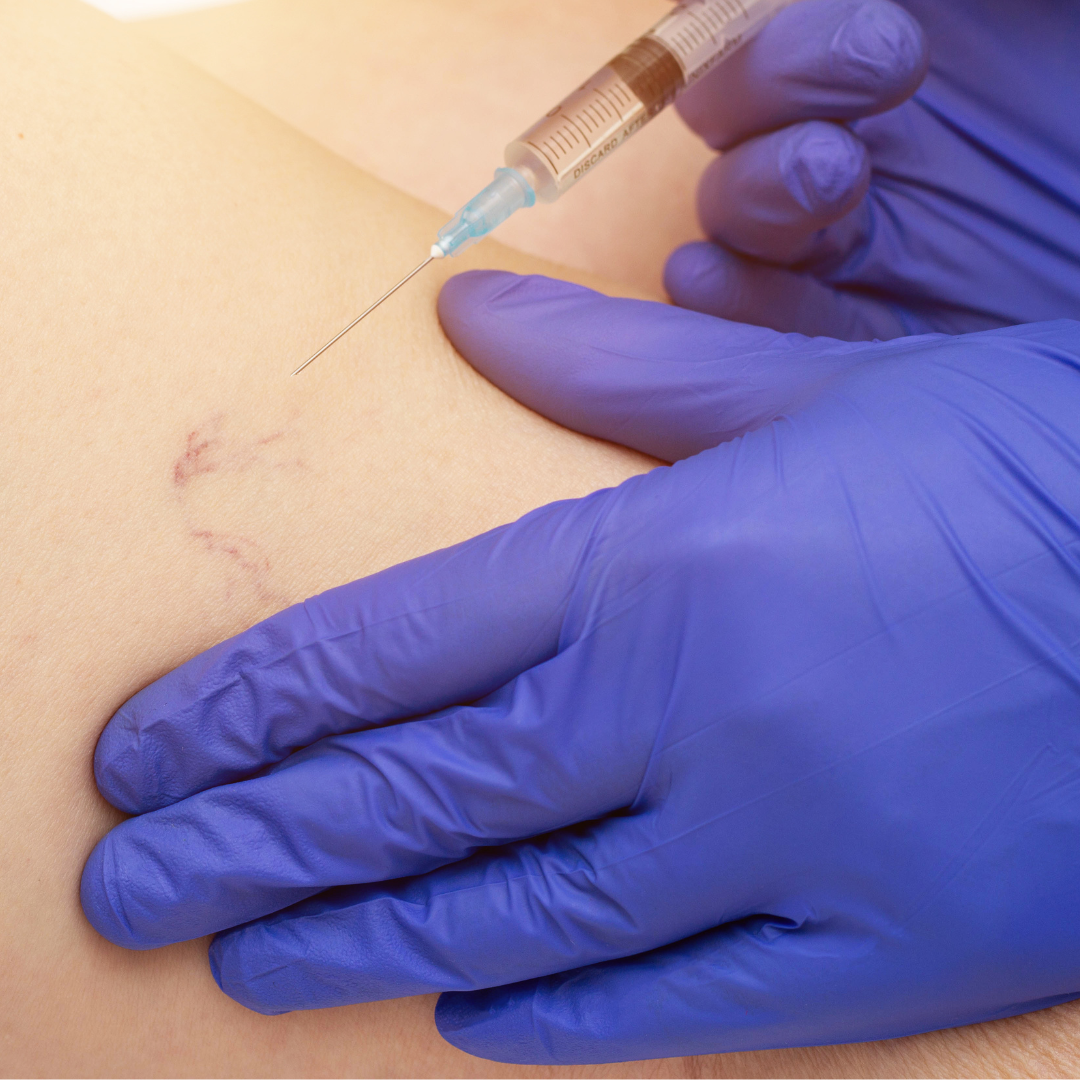In Texas, the summer sun can be intense, so it’s important to understand how its…
A Snapshot of Spider Veins
Spider veins are the thin superficial veins that most commonly appear in the legs. Although perhaps less noticeable, they still may harbor symptoms such as itching/irritation and aching.
More than 40% of women will develop some form of venous disorder, like spider veins, before reaching 80 years old.
Spider veins are formed by blood pooling within the veins, instead of being pushed back up to the heart, due to damaged valves within the vein structure. The pooled blood then spreads and fans out distinctively like spider webs or tree branches.
Some risk factors that may contribute to spider veins include:
- Heredity or a family history of spider veins
- Hormonal changes such as pregnancy or menopause
- A history of blood clots
- Obesity
- Frequent prolonged standing
Our team of board-certified vascular surgeons and vein specialists at VeinSolutions are experts at diagnosing and treating venous disorders like spider veins.
Preventing and Soothing Spider Veins
Here are five ways our vein experts recommend to help prevent spider veins and soothe symptoms.
Maintain a healthy weight.
A healthy weight will keep pressure from building on your legs and ankles, thereby ensuring that blood flows more efficiently and doesn’t pool or stagnate to form spider veins
Avoid excessive heat.
Veins can swell with prolonged exposure to heat resulting in broken blood vessels, pooled blood, and the development of spider veins. Try to limit time in hot tubs, saunas, or out in the sun if you possess any spider vein risk factors.
Move and exercise.
Regular movement and exercise keep blood flowing healthily and veins functioning properly so that blood doesn’t back up and create the potential for spider veins. Also, if you tend to sit a lot (at home, driving or at work), make sure to get up and move around often to promote good circulation.
Elevate your legs.
Elevating your legs up (higher above your heart) can get blood flowing in the right direction. Do this a few times a day as needed to help with swelling, or at the end of a long day of sitting or standing.
Wear compression stockings.
Compression stockings are tightly woven garments that gently soothe swelling in the legs. They create subtle pressure that both massages and helps to encourage blood flow upwards in the right direction.
If your spider veins are still troubling you, in either how they feel or look, VeinSolutions offers several convenient therapeutic and cosmetic solutions for treatment.
How do you treat spider veins?
One of the most effective therapies our board-certified vascular surgeons and vein experts perform to treat spider veins is sclerotherapy.
Sclerotherapy is an injection treatment that breaks down the damaged veins so that they dissolve and are ultimately erased from your skin’s surface. The procedure is conveniently done in our vein removal clinics via a thin needle inserted into the affected area. There is minimal-to-no pain, and you can return home and resume normal activities right away.
Sometimes, more than one injection may be required to eliminate the spider veins, but our experts will always counsel you on the best option uniquely suited to your personal needs.
Treating spider veins when you first notice them or feel symptoms is best so that they do not develop into their more severe counterpart, varicose veins.
Contact VeinSolutions for Your Consultation Today
Our board-certified vascular surgeons and vein specialists are skilled in both cosmetic and therapeutic treatments for varicose veins while dedicated to enhancing your overall circulatory health.
To schedule an appointment with a vein specialist in Austin, please contact us here or call 512.452.VEIN (8346), or 512.501.4287 for our clinic in Georgetown, and 512.651.8420 for Kyle.



